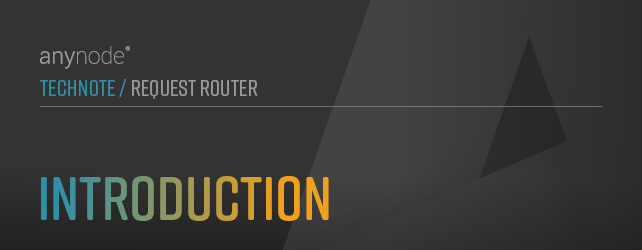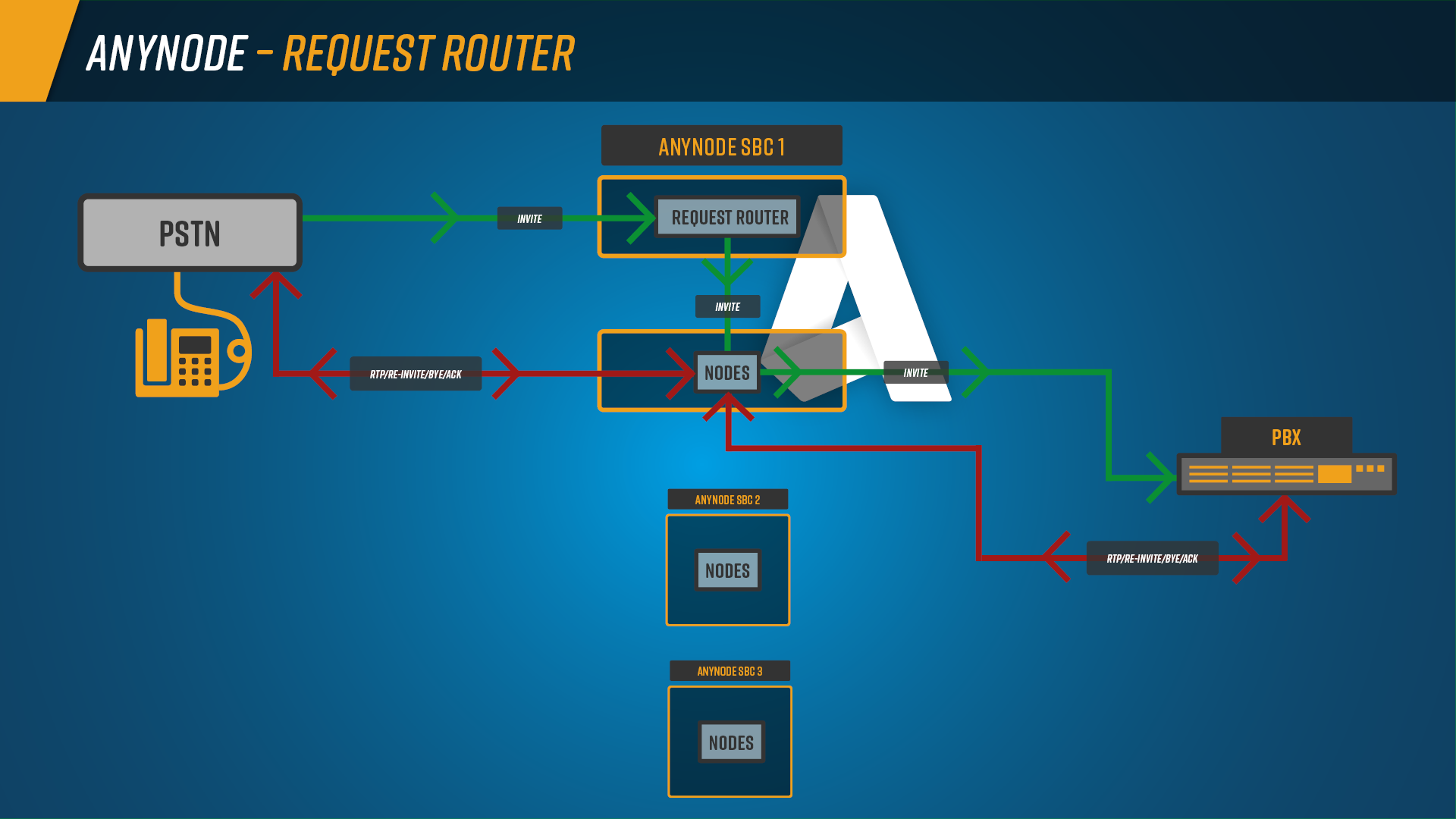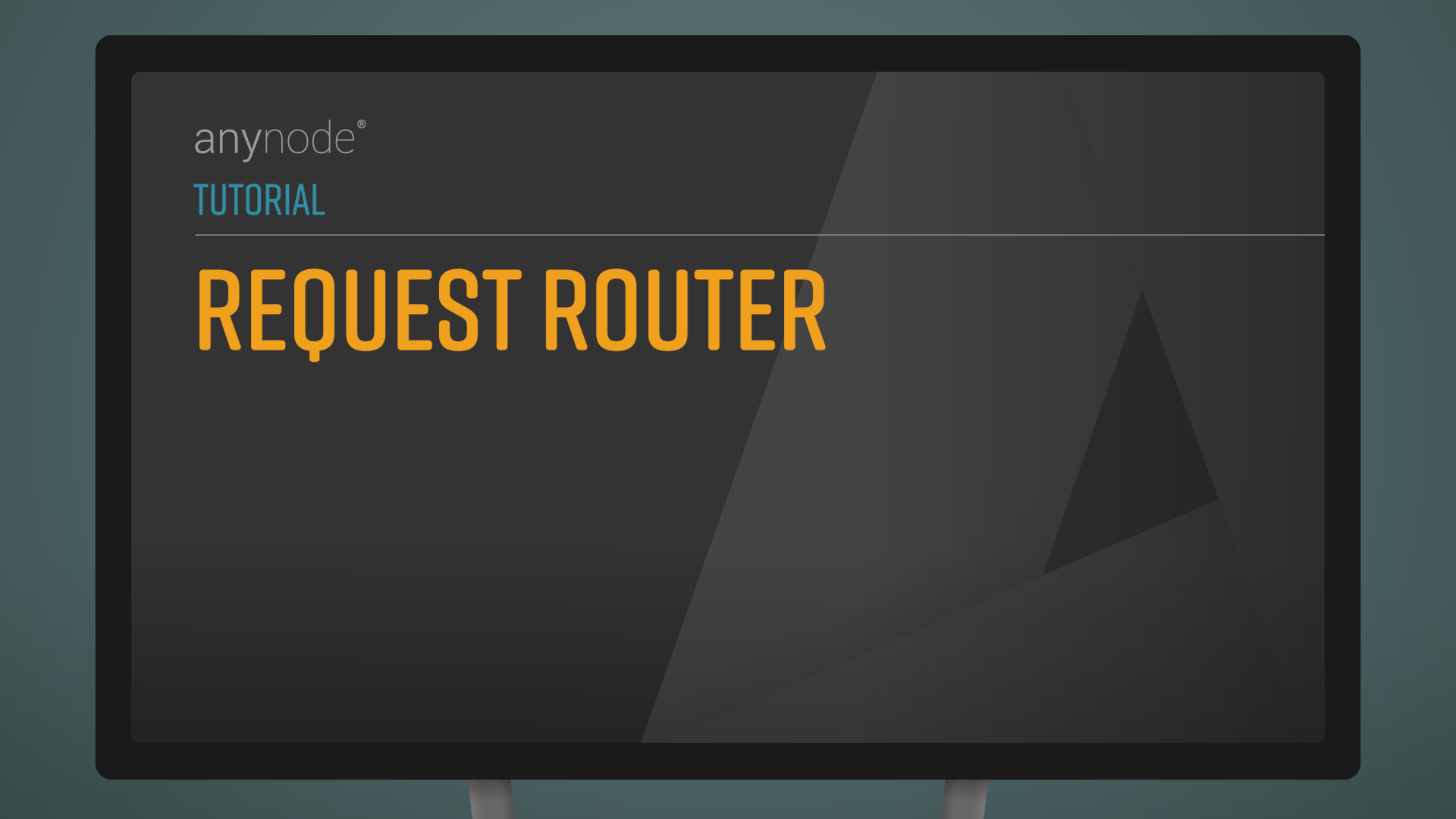
Introduction
In this tutorial, we aim to distribute calls from a provider to a PBX randomly across two anynode systems. We will then verify the correct operation of the Request Router in monitor mode. Additionally, we will demonstrate load balancing based on the CPU usage of the target systems and how to add additional target systems. For this purpose, we use a pre-configured setup with a provider node and a PBX node. If you are new to anynode, consider watching our tutorial video First Steps with anynode in the anynode – The Software SBC chapter.
We recommend watching the filmed version of the Request Router tutorial.
This tutorial shows how to distribute calls from a provider to a PBX randomly across two nodes. We will also show how to verify the Request Router in monitor mode and demonstrate load balancing based on CPU usage. Finally, we will show how to add target systems. We use a pre-configured setup with a provider node and a PBX node.
In the info graphic, multiple anynode target systems are configured with a Request Router on anynode SBC 1. Only the initial SIP INVITE message is handled by the Request Router. By default, distribution is performed randomly. All subsequent call interactions in the SIP messages occur directly between the respective endpoints. Outgoing calls from the PBX to the provider do not pass through the Request Router.


Efficient resource distribution is achieved with the Request Router, which enhances system performance and responsiveness by spreading the load. The feature supports easy scaling, allowing new anynode instances to be added to handle increasing traffic. Additionally, all configured Request Routers can be controlled from the dashboard for better overview and management.
The Request Router solves the issue of single system overload during high call volumes. By distributing incoming invites across multiple systems, it ensures even load distribution, preventing any single system from becoming overwhelmed. This leads to improved overall performance, increased responsiveness, and enhanced scalability in call handling.
Application Example
A Managed Service Provider (MSP) supports several mid-sized companies with high daily call volumes in their customer service departments. To ensure efficient and delay-free call handling, the MSP implements the Request Router in its anynode system.
Companies A and B each have 1000 customer service employees handling thousands of daily calls. During peak times, like sales promotions or technical issues, call volumes surge. Without efficient load distribution, individual systems risk overload, leading to long wait times and potential system failures.
The MSP configures two Request Routers to distribute incoming calls evenly across multiple anynode servers. When a customer calls Company A, the Request Router allocates the call to an available server. After the initial setup, the Request Router withdraws, allowing direct communication between the customer and the service representative. The MSP monitors the configured Request Routers and their performance through the anynode dashboard, enabling clear management and quick adjustments to call volume changes.
Result
-
Efficient resource distribution optimizes system load and prevents overloads.
-
Improved customer support with shorter wait times and reliable connections.
-
Easy scalability to handle increasing call volumes.
-
Clear management with all configured proxies visible in the dashboard.
By utilizing the Request Router, the MSP significantly enhances service quality for its clients, providing a flexible and scalable solution.
